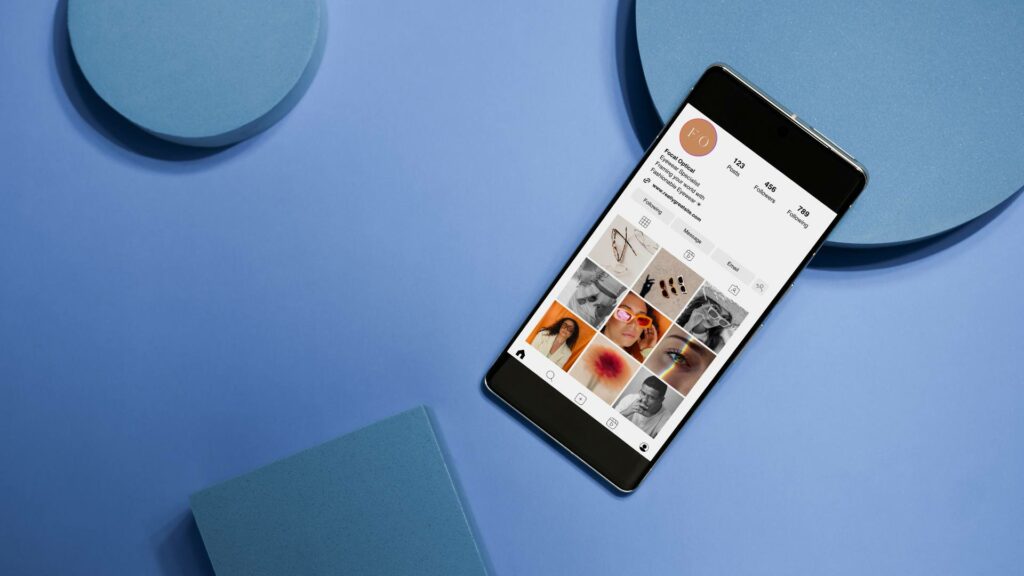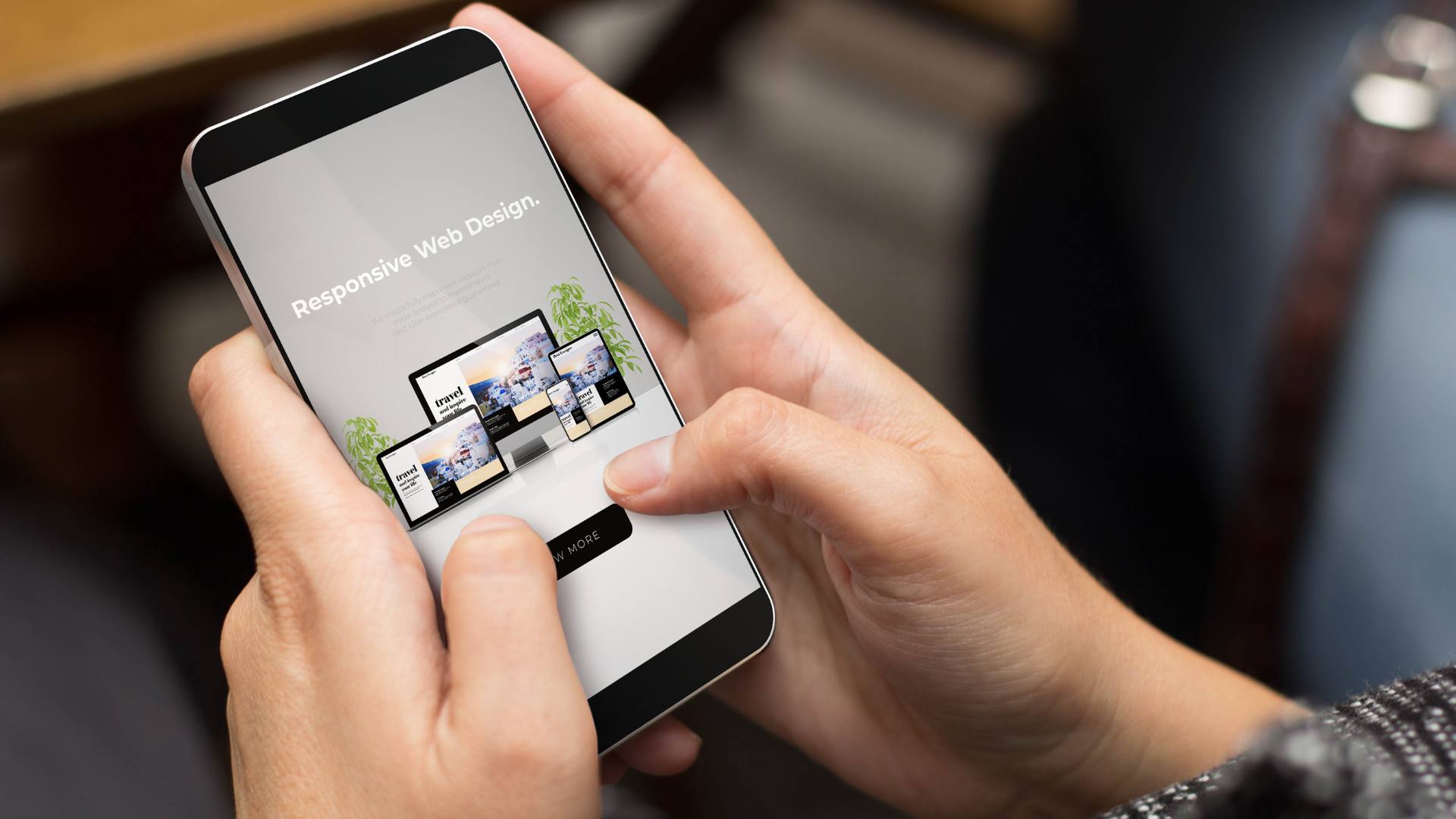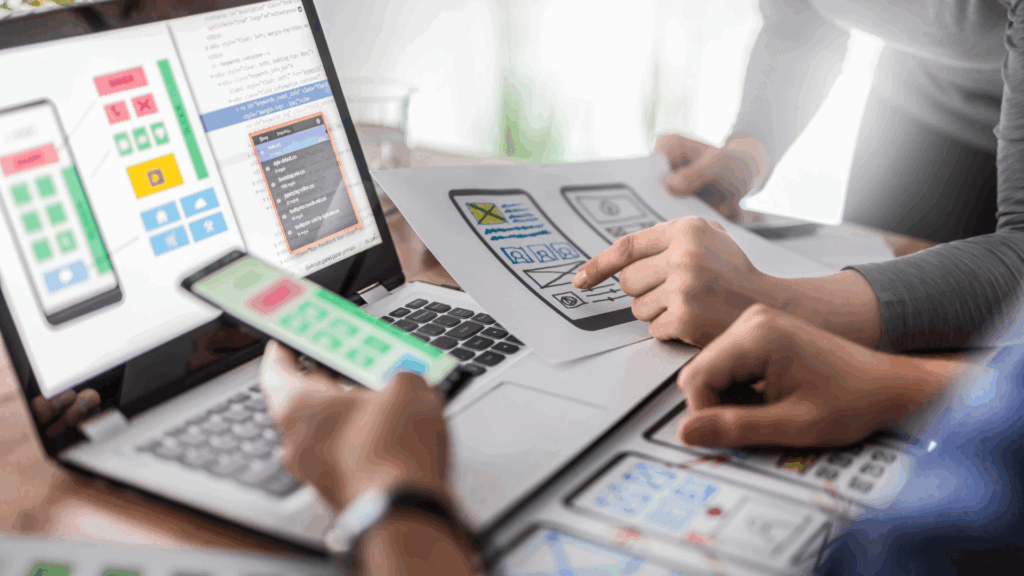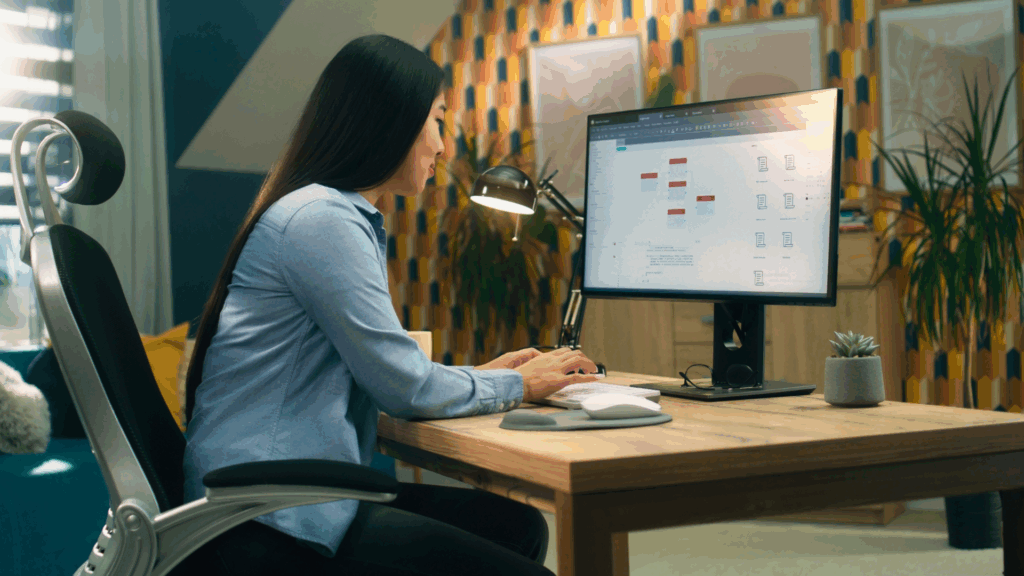How we interact with technology and the digital space has rapidly evolved over the years. We went from slow connections on clunky, large home personal computers to lightning-speed connections on pocket computers. Because of this, the digital space is now part of our daily lives more than ever, which is why it continues to be a focus for designers. More than ever, mobile devices are becoming the preferred and most common method of accessing everything from ecommerce to banking websites.
While there are still plenty of home computer users, mobile devices are reigning supreme. According to Statista, it was estimated that in mid-2023, nearly 96% of the global digital population used a mobile device to access the internet. This means that web developers and designers need to regularly stay on top of the current and coming trends in the world of mobile design.
Otherwise, they will fail to appeal to a significant portion of the user base. So, check out below, where we cover ten mobile design trends to stay aware of in 2025.
Mobile App Design Tips: The 10 Trends for 2025

1. Personalized User Experiences Across the Web
One of the most vital trends to embrace across mobile design and all development is a personalized user experience. Every day, users are bombarded by apps and websites trying to get their attention. This means users have become adept at ignoring or overlooking any generic platforms. Nowadays, users want apps and sites that they feel they can connect with or that understand them.
Personalization can be done in several ways, including custom settings, personalized algorithms for recommendations, and individualized communications or notifications. By accentuating the mobile design features and parts that users prefer and interact with, they will be more likely to return and continue using the app or website.
2. Minimalism Aesthetic with Bold Accents
The next trend takes up the topic of readability and understanding, with this being a minimalistic mobile design aesthetic featuring bold accents. All this really means is ensuring that typed messages, headers, and more are clear and easy to read. Important points or words can be bolded to help them stick out to users. Not only does this cut down on walls of text that users don’t want to read, but it enhances the site’s or app’s usability and visual appeal. The point of minimalism applies to the overall design aesthetic as well.
3. Augmented Reality (AR)
Another common feature included in modern mobile app design is augmented reality (AR). This involves casting a digital image into the real world. Some great examples of this are within the fashion world where people can digitally “try on” clothing and accessories. For instance, using a camera to project what a certain pair of glasses would look like on a person’s face.
4. Engagement Through Gamification
Staying on top of mobile app design tips also means embracing the gamification of apps for further user engagement. But what does it mean to gamify apps? Essentially, this means to give users game or challenge-like features within the app that they can work toward for some sort of reward.
This gives users something to look forward to when they open the app and offers an incentive to return. Luckily, gamification features don’t need to be overly complicated. It can include returning to the app for a certain number of days or completing a tour of its features. For rewards, it could be as simple as badges for completion.
5. AI Features
AI technology has absolutely exploded in innovation in the past decade, which has made it an incredible tool in app and web development. Firstly, AI can be incredibly helpful in the realm of personalization mentioned above. It can collect data regarding user preferences, searches, purchase habits, and more in order to deliver them a tailored experience. Additionally, AI can be excellent for adept customer service. Users can receive rapid help with their issues or questions using live chatbots and auto-response systems.
6. Voice Commands and Interfacing
More users are now desiring voice commands and interfaces within their applications. This lets them navigate and interact with their favorite apps without having to touch or click anything. Not only does this offer a modern level of convenience, but it is also important for accessibility purposes. Voice command allows those with disabilities or difficulties to use a variety of applications more easily.
7. Optimization and Responsiveness
In the modern digital age, nearly instant gratification has become the standard. In other words, users want their apps to be snappy and responsive to allow them to get data or complete tasks quickly. For mobile app UI design, this means developers need to put heavy emphasis on app optimization to ensure everything runs smoothly and fluidly. Otherwise, users dealing with slow or clunky app responses may go look elsewhere to find what they are looking for.
8. Enhanced Security
Cyber threats and bad actors are evolving daily to compromise applications in various ways. This means that robust cyber security must be considered in any mobile app design. Robust cybersecurity measures can be implemented in a number of ways, including proper encryption, biometric measures (facial recognition, fingerprint scanners, etc.), and more. Adequate security is even more important for applications storing user data like addresses, financial information, and more.
9. Immersive Design and Visual Aesthetics
Outside of key functionality app features, general mobile design aesthetics are vital to impress and stimulate users. While there is no guaranteed type of design that will hook every single user, there are common elements that make the experience more exciting. For instance, contrasting colors, page breaks where users can rest their eyes from text, and 3D design elements. Remember, the idea is to hook the user visually through interesting elements. An app can have the best functionality in the world and still fall flat if it isn’t aesthetically appealing as well.
10. Maximized Navigation Features
Another excellent way to set an app apart from others is by using the full capabilities of modern mobile devices. For instance, using as much of the screen real estate as possible to show off the entirety of the app and its visual elements. Additionally, adding in support of modern gesture controls, such as swiping or shaking over traditional tapping. These controls can make navigating the app easier and more engaging for the user.

Searching for Expert Mobile Design?
Now that we’ve covered the top ten trends for mobile design in 2025, it’s time to implement them into your apps. If you have your own team of developers who are skilled in all of the above, then we wish you the best in modernizing your app for the new year.
However, if you need some help with creating the best possible app, Graphem Solutions is here to help. Our team of developers are experts in everything mobile design from features and functions to aesthetic design all across the front end and back end experience. We will work with you to develop a custom app that can perform everything it needs to for your users.
To learn more, check out our service page or call us today at 1-800-590-0175 with any questions!



